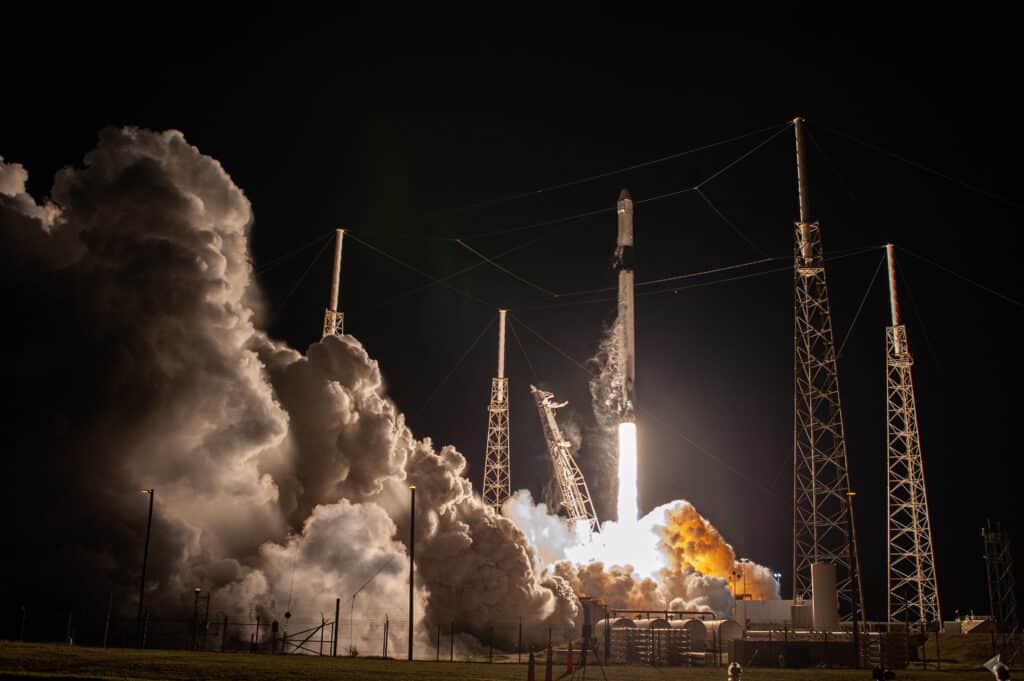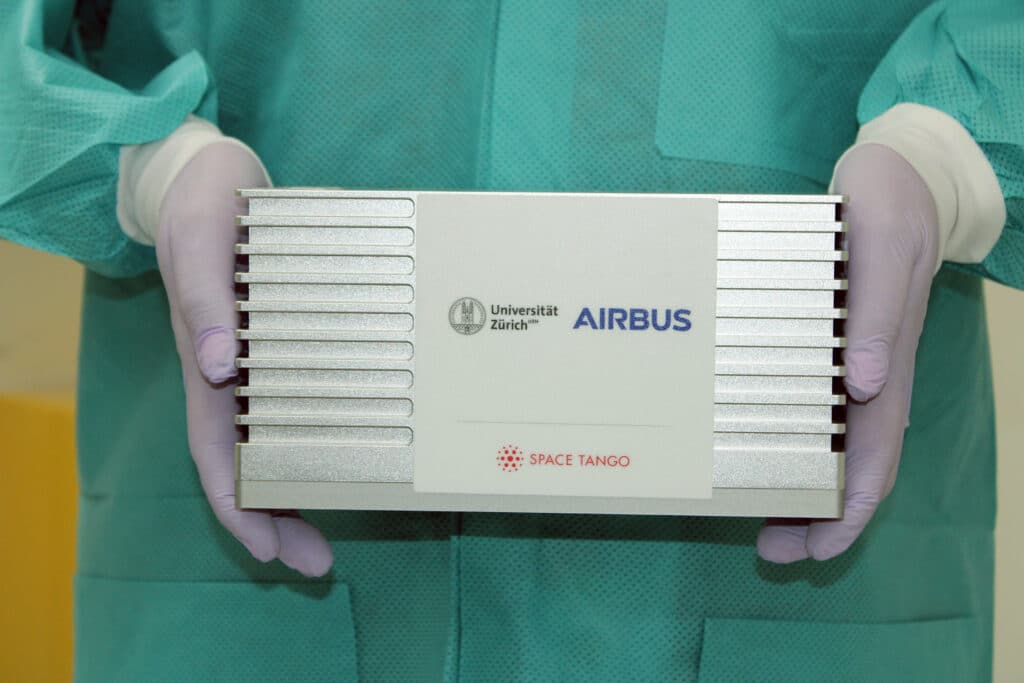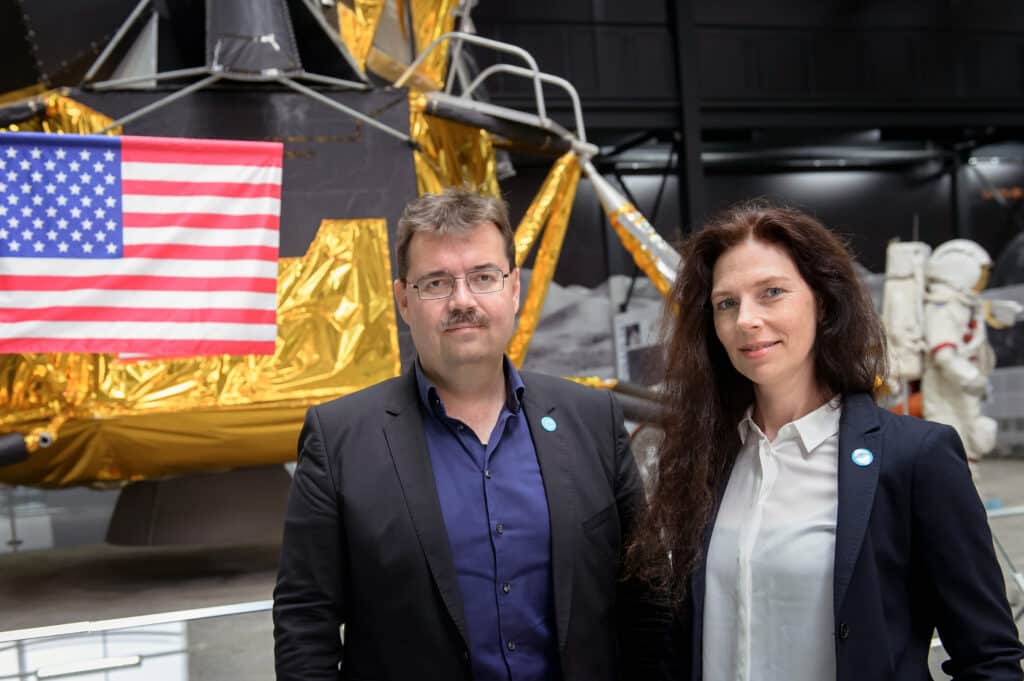
Why grow stem cells in space?
On Earth, everything and everyone is under the effects of gravity. This means that to produce 3D organ-like tissues — also known as organoids — from stem cells, you need an additional matrix or other auxiliary structures. However, when cells are grown in microgravity, these tissues naturally develop three-dimensionally.
3D cell cultures more closely resemble the in vivo settings than 2D cultures. In addition, they eliminate the need for discerning the influence of species-specific effects. 3D organ-like tissues are a valuable tool for the pharmaceutical industry as they eliminate the requirement for animal models when performing toxicology tests. In addition, in the future, organoids produced using patient-derived stem cells could serve as transplant sources. This could solve the unmet need for transplant tissues, as donated organs are not enough to meet the current demand.
The reason for choosing stem cells for developing organoids and not cell lines is that stem cells have the potential of differentiating into different tissues, including bone, liver, and cartilage, among others. Therefore, stem cells can better address tissue requirements for transplants or drug research. Moreover, as Dr. Thiel highlights, “human mesenchymal stem cells are a reliable and ethical source for our experiments.”
A mobile mini-lab for stem cell research in outer space
The researchers at the UZH Space Hub were not alone in their endeavor to grow stem cells in space. To run the experiments on stem cells in space, the American company Space Tango designed CubeLab, a module consisting of a closed and sterile system in which stem cells can proliferate and differentiate at a constant temperature. In addition, Airbus Defence and Space designed the cell transport equipment, organized access to the International Space Station (ISS) and transportation of the test tubes to and from the ISS, and provided ground support equipment to researchers from UZH.
The researchers first grew stem cells on Earth and then packaged them under specific conditions to be sent to the ISS for 30 days. Scientists expected that in microgravity, stem cells would grow and develop into 3D tissue-like structures — and this was exactly what happened! When the samples came back from space, Dr. Cora Thiel found that 100% of the sample tubes contained organoids. This indicated that stem cells in space could efficiently develop into miniature 3D organoids. Once at the UZH, the organoids were further cultured for a few weeks before testing for various indicators of viability.

Growing stem cells in space is possible
The two experiments run by Professor Oliver Ullrich and Dr. Cora Thiel confirmed the feasibility of growing stem cells in space. In the initial research run in March 2020, they sent 250 test tubes containing human stem cells to the ISS for a month, which was highly successful. Differentiated organ-like liver, bone, and cartilage structures developed as intended from culturing stem cells in microgravity. In contrast, cultures grown on Earth under normal gravity conditions showed minimal or no cell differentiation. In the second — and equally successful — mission, they sent to space tissue stem cells from two women and two men of different ages. This second experiment aimed at testing the robustness of the method when using cells with different biological characteristics.

Scaling up stem cell research in space
The success of these two missions has paved the way for future commercialization of 3D tissue organoids grown in outer space. The UZH Space Hub gave birth to the idea of culturing stem cells in space, demonstrated its viability, and informed its commercialization, which Prometheus Life Technologies AG, an awarded spin-off, aims to produce on a large scale. In December 2022, this company won the Reef Starter Innovation Challenge for their clear commercialization and technology development strategies, as well as their plans to leverage Orbital Reef, a future mixed-use space station in low-Earth orbit.
In the future, pharmaceutical and biotech companies could first use this “space” organoids for drug testing; eventually, transplant recipients who may not have access to organ donations or who are ineligible because of compatibility issues might also benefit from the development of these tissues in space.
Our products as a dependable source for stem cell research in space
For the 2020 experimental setup, the scientists from the project “3D-Organoids” chose our Human Mesenchymal Stem Cells (hMSC) from bone marrow as test subjects.
You are currently viewing a placeholder content from YouTube. To access the actual content, click the button below. Please note that doing so will share data with third-party providers.
